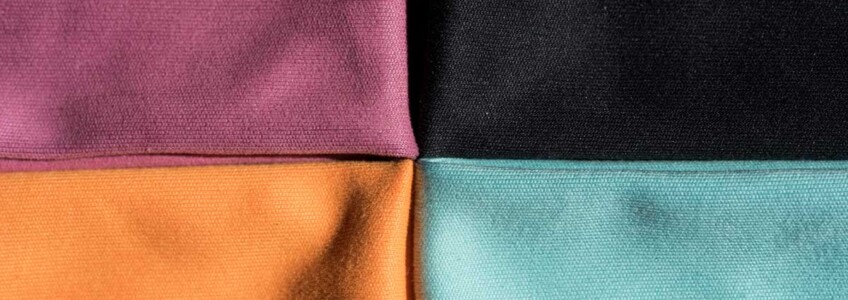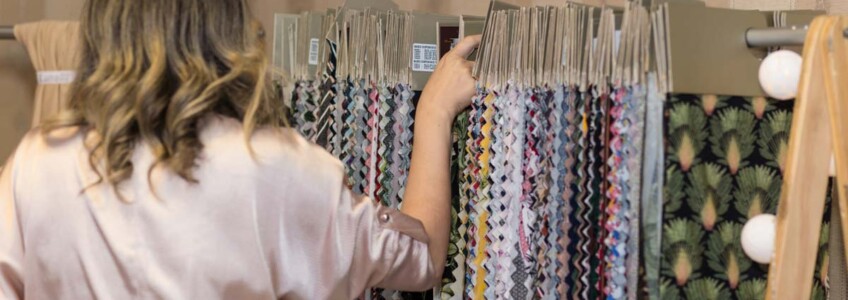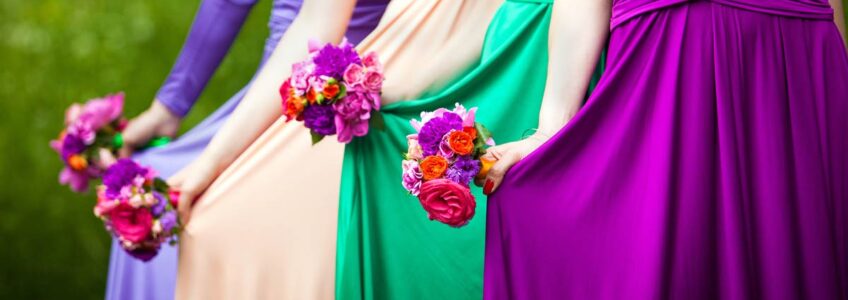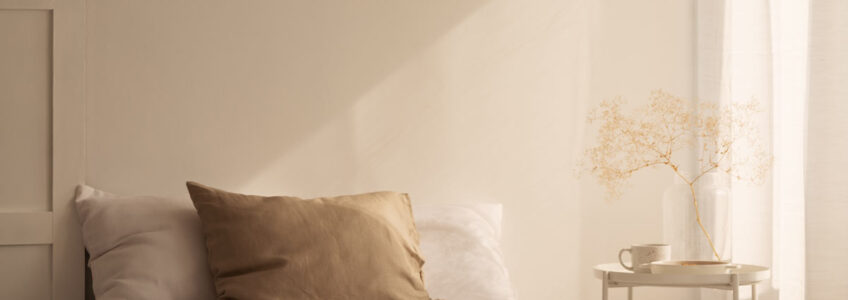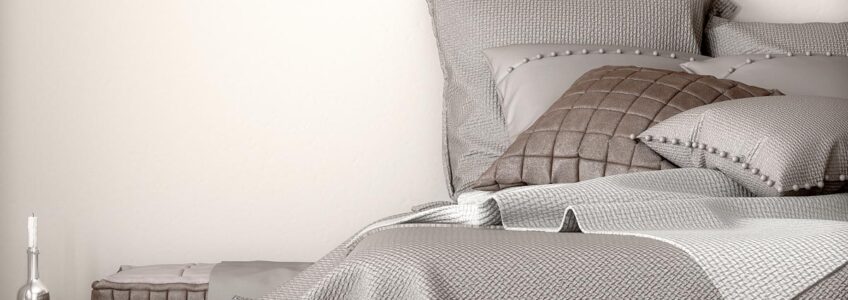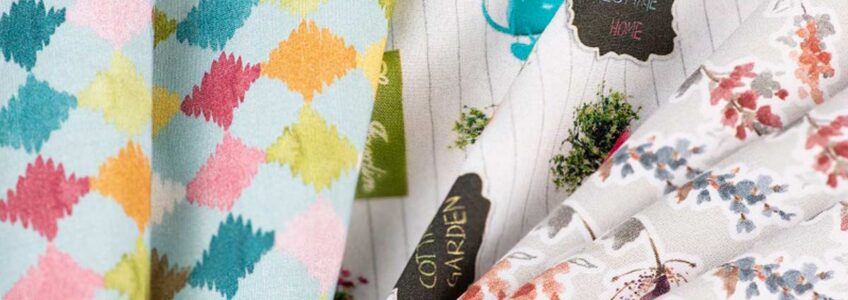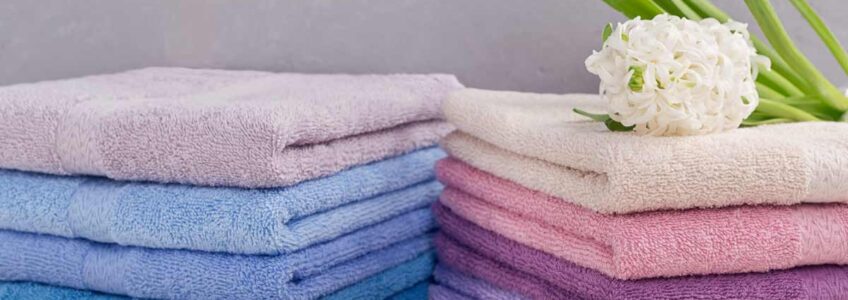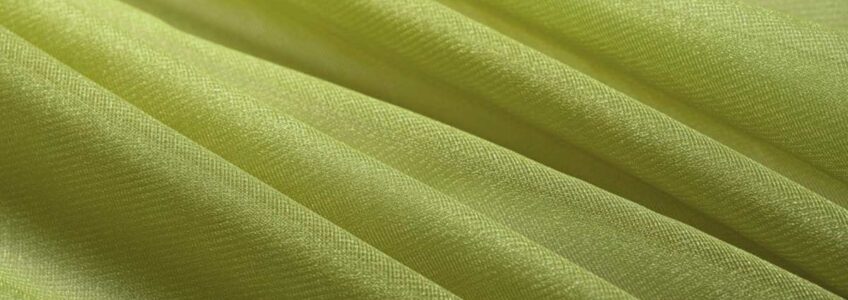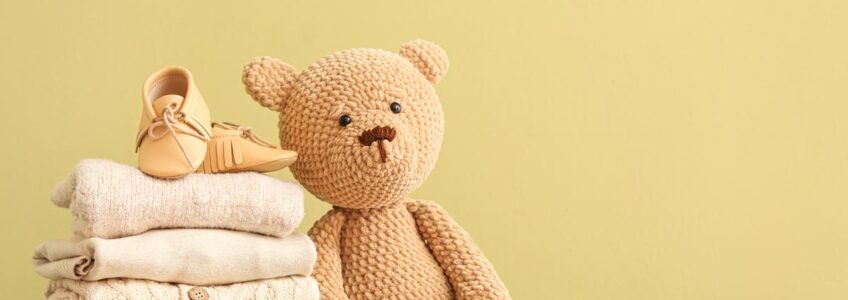Microfiber is a very soft and pleasant to touch fabric, used in the most varied fields of application: from clothing to shoes, from outdoor equipment to bath linen. Microfiber is also a valuable ally in cleaning, both in domestic environments and in professional and industrial environments.
(more…)The best fabrics for sea fashion
With the arrival of summer and beach holidays, you can not miss the right materials. The main fabrics used in the creation of swimsuits are stretch, able to adhere well to the body shapes.
(more…)Heimtextil and Techtextil 2022: international trade fairs dedicated to home textiles and technical textiles
Heimtextil and Techtextil, the two international fairs dedicated respectively to home and contract textiles and technical textiles and nonwovens, both organized by Messe Frankfurt, will take place this year in a unique and special edition that will take placefrom 21 to 24 June 2022.
(more…)The best fabrics for formal dresses
For special occasions, it is important to be able to show off the right dress, starting from the choice of fabric and colors. For industry experts and lovers of sewing, making a custom dress, which is unique in its kind, is not so difficult, just keep in mind the model you want to go to recreate. Depending on the model, you should combine a fabric that gives the figure the right degree of body, transparency and lightness.
(more…)Linen: why choose it?
Linen is one of the most resistant fabrics ever, composed of about 70% of cellulose, a very high percentage that allows you to strengthen the fibers. Its history is very ancient.
(more…)Piquet fabric: features and uses
The piquet (sometimes italianized in picché) is a cotton fabric, generally of white color or very light shades, which has small patterns in relief, such as rhombus, square, small stitches.
(more…)Digital Baltimore Cotton: lots of patterns available
The latest novelty by Cimmino is the Baltimore Digital Cotton fabric. It is a 100% cotton canvas, obtained by a process of sanforization, soft hand and light weight, printed in many patterns.
(more…)Terry fabric: characteristics and types
Terry cloth is one of the most widely used household linen items. It’s the kind of material that generally makes bathrobes, towels and towels that we use after the bath or shower, so it’s basically meant to dry. In fact, the terry cloth is called so precisely for its ability to absorb large amounts of water.
(more…)Tulle Velo Lux: one of the best fabrics for dance and show
Among the latest novelties by Cimmino, we cannot fail to mention the Tulle Velo Lux: it is a very light and transparent 100% polyamide fabric, with a semi-rigid hand and a brilliant appearance, ideal for making stage clothes and costumes for the world of dance and entertainment.
(more…)The best fabrics for childhood
Dressing a child is never easy, for this reason Manifattura Foderami Cimmino helps you choose the best fabrics for children, thanks to a wide and increasingly updated assortment.
Cimmino offers you fabrics that reflect the atmosphere of fairy tales, printed and colored, which lead your child to immerse themselves in new and fantastic worlds from an early age.



